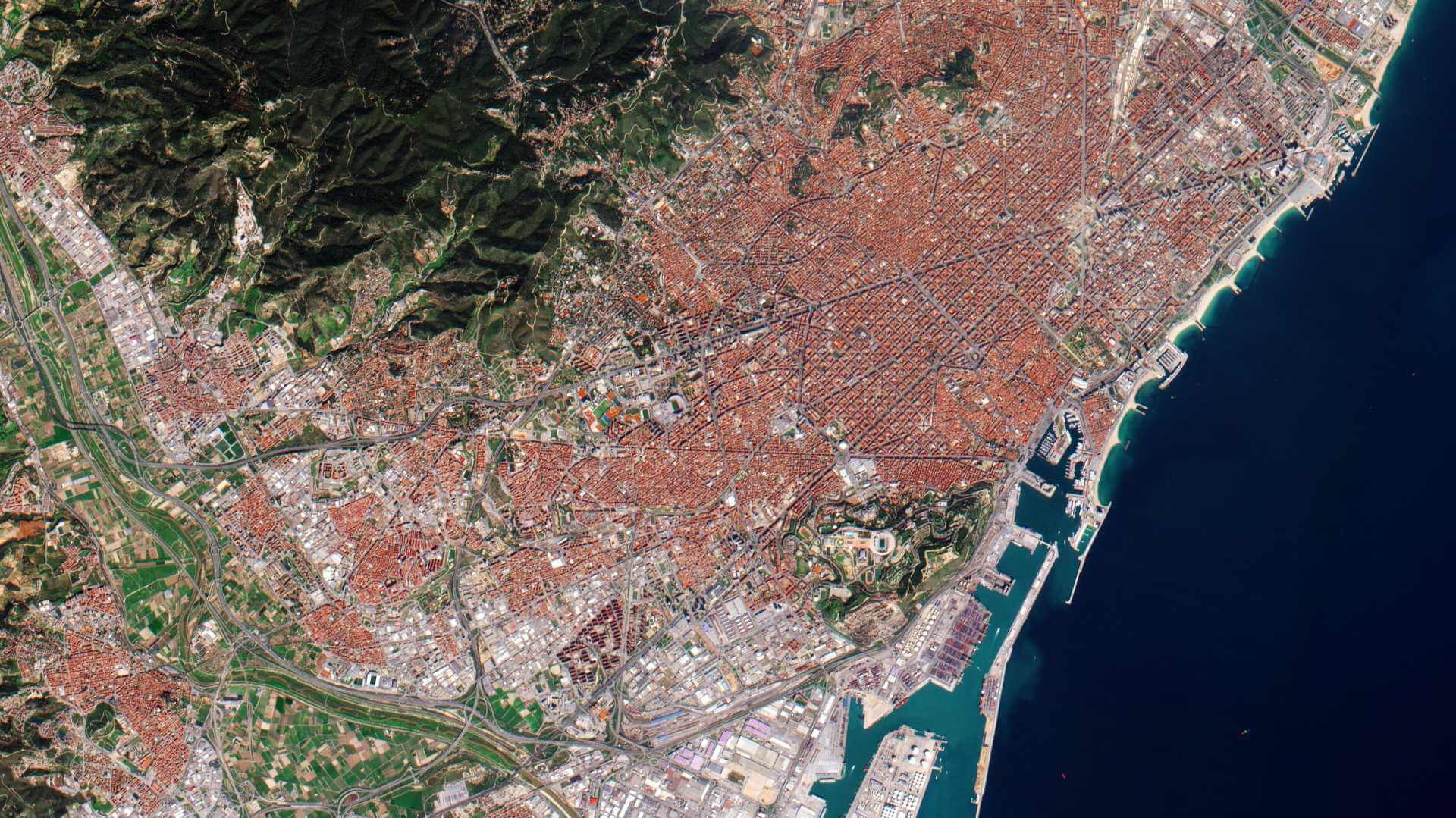Featured
About Landsat-8
Landsat-8 was launched on 11 February 2013 from Vandenberg Air Force Base, California on an Atlas-V rocket. The satellite is part of the long-running Landsat programme led by USGS and NASA and carries the Operational Land Imager (OLI) and the Thermal Infrared Sensor (TIRS).
Landsat-8 is part of ESA's Third Party Missions Programme, in which ESA has an agreement to distribute data products from the mission.
| Operators | NASA (National Aeronautics and Space Administration), USGS (United States Geological Survey) |
| Launch Dates | 11 February 2013 |
| Orbit Height | 705 km |
| Orbit Type | Sun-synchronous near-polar |
| Orbit Period | 99 minutes |
| Inclination | 98.2 |
| Repeat Cycle | 16 days |
| Equatorial Crossing Time | 10:00 a.m. +/- 15 minutes |
| Onboard sensors provided under TPM | Operational Land Imager (OLI) and the Thermal Infrared Sensor (TIRS) |
Landsat-8 Objectives
Landsat-8 consists of three key mission and science objectives:
- Collect and archive medium resolution multispectral image data affording seasonal coverage of the global land mass
- Ensure that Landsat-8 data are sufficiently consistent with data from the earlier Landsat missions in terms of acquisition geometry, calibration, coverage characteristics, spectral characteristics, output product quality, and data availability
- Ensure products are available to download within three hours
Landsat-8 Instruments
find out more
Landsat-8 Data
DATA COLLECTIONS
ESA offers to registered users the access through the Landsat-8 portal to the following data collection:
DATA QUALITY
Landsat-8 Quality Control Reports are available for OLI and TIRS in three different varieties covering quality monitoring, data unavailability any product anomalies.

